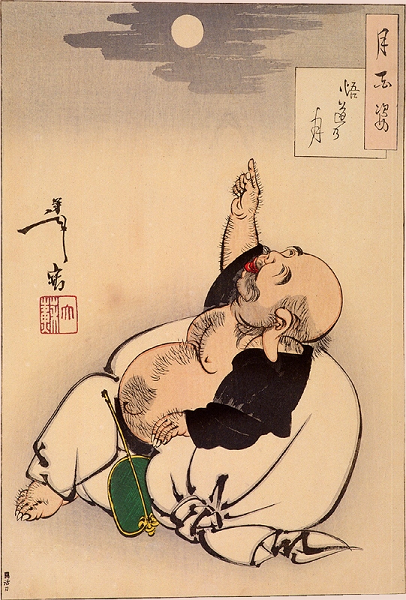[ by Charles Cameron — in which I suggest that reality may be more like a river, our understandings more like canals ]
.
**
I read a couple of things this morning that struck me. The first was in Zen’s post, Dealing with the China we Have Rather than the China we Wish to Have:
Getting your adversary to negotiate with powerless and ill- informed representatives while the real decision makers sit at a remove is a time-tested tactic in bargaining.
The side that uses this approach gets at least two bites at every apple which means the other side increasingly has to give further concessions to secure what they thought had already been agreed to. It is a classic example of negotiating in bad faith. Furthermore, the side using it is the one interested in winning or at best, in buying time, not in reaching an agreement.
When presented with this dynamic the smart move is to walk away and immediately implement whatever the other side would rather you not do or give up the game and move on to something else. Agreements and treaties have no intrinsic value unless they advance, or at least preserve, interest. If the other party has no intention of abiding by the terms at all then they are less than worthless, being actively harmful.
There’s this business about words and realities, or maps and territories if you prefer. The word is not the thing, the finger pointing is not the moon, the name that can be named is not the true name… and gaming a war is not the same as fighting it.
And yet troop movements near a border “in an exercise” are still troop movements, and thus threatening. And a threat is what? — an implicit form of violence?
Alex Schmid, in his Revised Academic Consensus Definition of Terrorism, #3, writes of “physical violence or threat thereof employed by terrorist actors”…
A threat, a promise, a plan, a scenario, a prediction, a prophecy, a self-fulfilling prophecy — words and images have impact, the pen can be mightier than the sword, just as it can be cut down by it. How does the saying go? Don’t bring a pen (or sketch-pad) to a swordfight? or should it be — never bring a sword to a pen fight?
So how do we talk about the disjunction Zen mentions, the “negotiating in bad faith” mechanism, in game theoretic terms? What kinds of maps allow us to note the positioning of minds as well as mortars?
And what if the minds themselves are split — how do we model that?
**
Which brings me to the second thing I read today — this one in Graeme Smith‘s The Dogs Are Eating Them Now: Our War in Afghanistan, p 96:
Like many Afghans, my translator’s extended family included both government workers and insurgents. Not all of them disagreed with each other ideologically; sometimes they followed the pragmatic tradition in which Afghan families hedge their bets, sending their sons to serve in a variety of factions in a conflict.
I’d seen this division of familial labor mentioned some years ago, and today a review of Smith’s book brought the memory back to me, and again I wondered — what does that do to all those network maps that show who knows who?
I guess what I’m saying is that reality is inherently fluid — like a river if you will, with its shifting banks and oxbow lakes — while our categories for thinking about reality tend to be as straight and inflexible as a canal.
**
How do we transition, in understanding, from the neat, crisp idea to the rumpled reality? From the finger pointing, to the moon?



